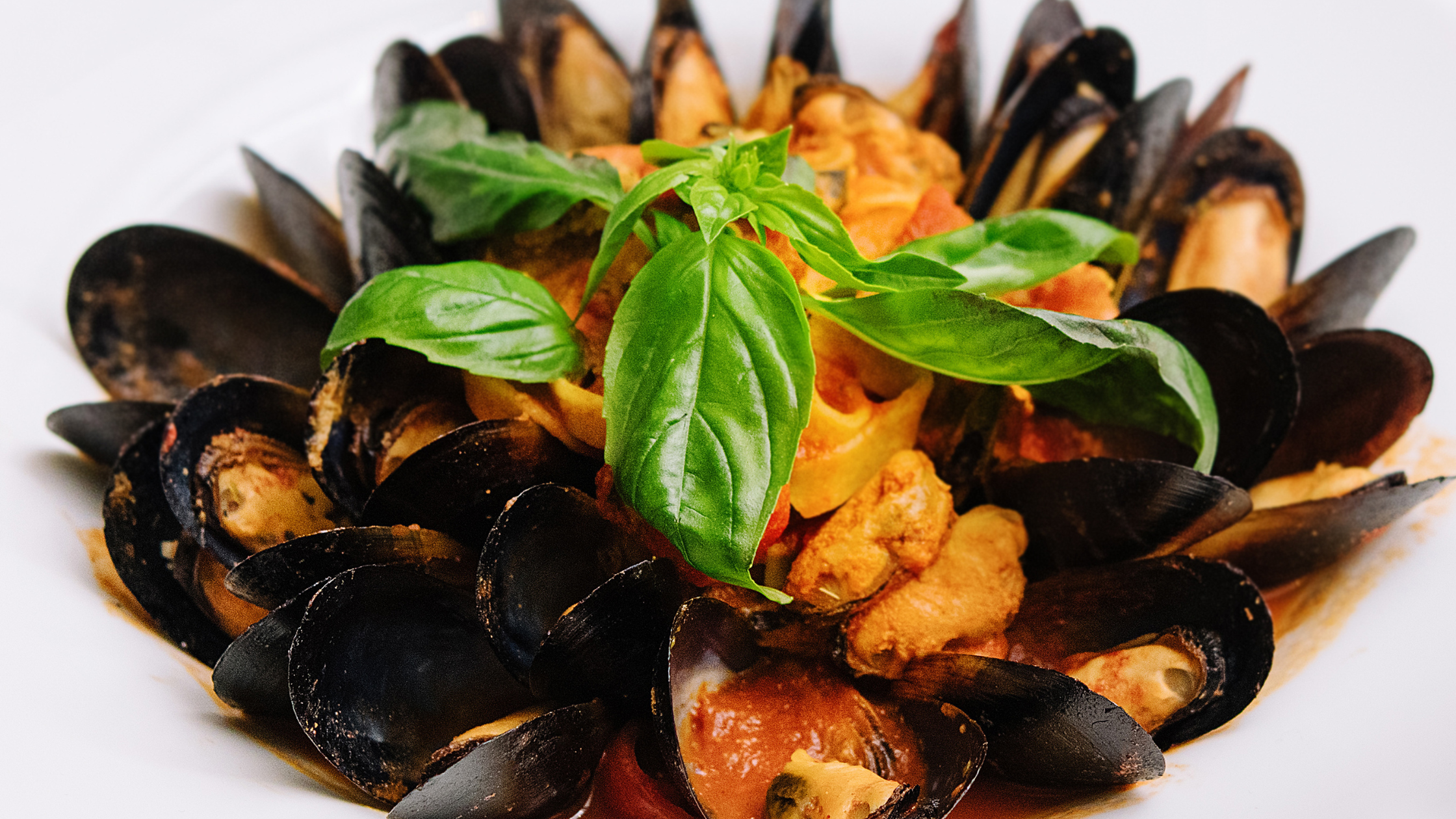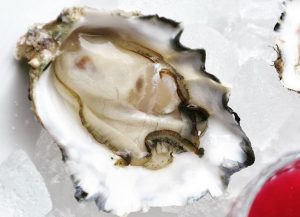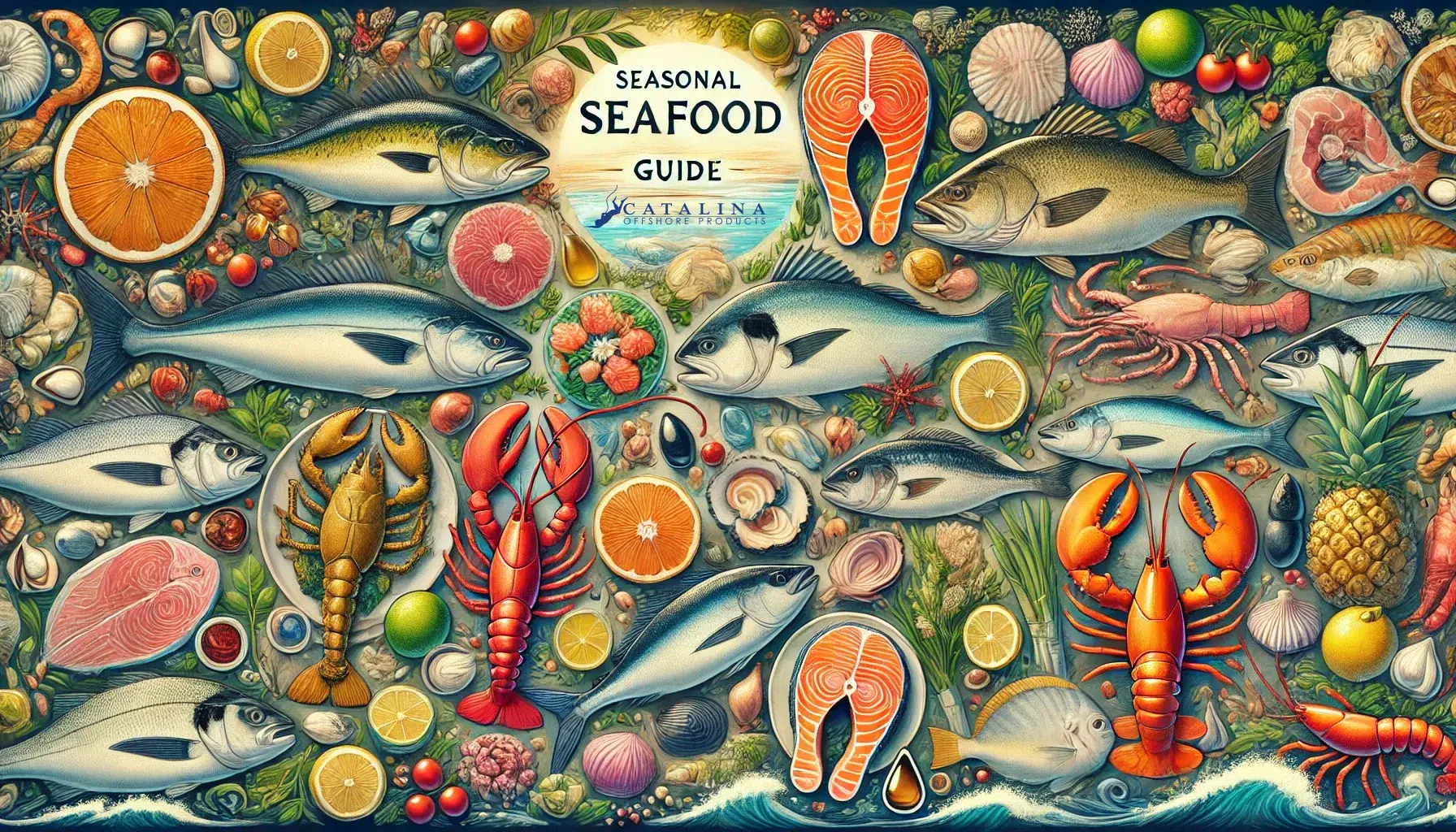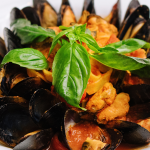
Savor the Sea: How to Make Mussels In White Wine Garlic Delight
Picture this: the sun dips below the horizon, casting a golden glow across the ocean while you sit at a seaside bistro, savoring each exquisite
FREE Overnight Shipping on orders over $300 ($200 in CA. Some suburbs are not included).
By Rebecca Gardon
 Oysters are beloved by people all over the world. A sustainable and highly nutritional food choice, oysters are excellent sources of protein, low in fat, calories and cholesterol, and loaded with heart- and brain-healthy omega-3 fatty acids. The crave-worthy bivalves comes in countless varieties, sizes and flavor profiles to suit all tastes. No matter the type, eating oysters is the easy part. The hard part for most people is getting them open! Allow us to assist with the following step-by-step. (Be sure to also check out the video at the end of this post!)
Oysters are beloved by people all over the world. A sustainable and highly nutritional food choice, oysters are excellent sources of protein, low in fat, calories and cholesterol, and loaded with heart- and brain-healthy omega-3 fatty acids. The crave-worthy bivalves comes in countless varieties, sizes and flavor profiles to suit all tastes. No matter the type, eating oysters is the easy part. The hard part for most people is getting them open! Allow us to assist with the following step-by-step. (Be sure to also check out the video at the end of this post!)
Prep work
In order to shuck an oyster, you will need an oyster knife and a thick towel. Because opening an oyster can require a good deal of pressure, you may also want to wear a heavy-duty work glove on the hand holding the oyster.
Before you get to shucking, it’s important to understand the anatomy of an oyster. The cup is the domed outer side of the oyster shell and the lid is its flat side. Typically you open an oyster from the back hinge. Also keep in mind that oyster shells are brittle and splinter easily; if the shell splinters and the knife isn’t angled so that is pointing down toward the cutting board, you could easily lose control of the knife.
Steps
Time to eat
Once you have dislodged the oyster from its shell, you are ready to serve or cook it. The meat of the oyster should appear plump, translucent and somewhat shiny. It should be surrounded by clear or somewhat cloudy natural juice, known as liquor, which should smell like fresh seawater.
Because oyster shells are fragile, you will often notice small flakes and shell fragments that broke off during shucking. Simply scrape them away without piercing the oyster. If you end up getting a little bit in your mouth, that’s okay. Just pick it out like you would a piece of cork from a glass of wine.
For all you visual learners out there, here’s an oyster shucking tutorial featuring Tommy Gomes and Chef Kat Humphus.

Picture this: the sun dips below the horizon, casting a golden glow across the ocean while you sit at a seaside bistro, savoring each exquisite

The Conservation Benefits of Deep-Set Fishing At Catalina Offshore Products, sustainability isn’t just a buzzword—it’s a commitment. As a small family-owned company, we pride ourselves

As we journey through the latter half of the year, each month presents us with an array of fresh seafood delights. From the vibrant flavors of summer to the comforting dishes of winter, choosing and preparing the perfect fish or shellfish can truly elevate your meals. Here’s your comprehensive guide to selecting and cooking the best seasonal seafood from August to December.

Savor the Sea: How to Make Mussels In White Wine Garlic Delight
Picture this: the sun dips below the horizon, casting a

The Conservation Benefits of Deep-Set Fishing: A Sustainable Seafood Solution
The Conservation Benefits of Deep-Set Fishing At Catalina Offshore Products,

Your Ultimate Seasonal Fish Guide: Savor the Freshest Catches from August to December 2024
As we journey through the latter half of the year, each month presents us with an array of fresh seafood delights. From the vibrant flavors of summer to the comforting dishes of winter, choosing and preparing the perfect fish or shellfish can truly elevate your meals. Here’s your comprehensive guide to selecting and cooking the best seasonal seafood from August to December.